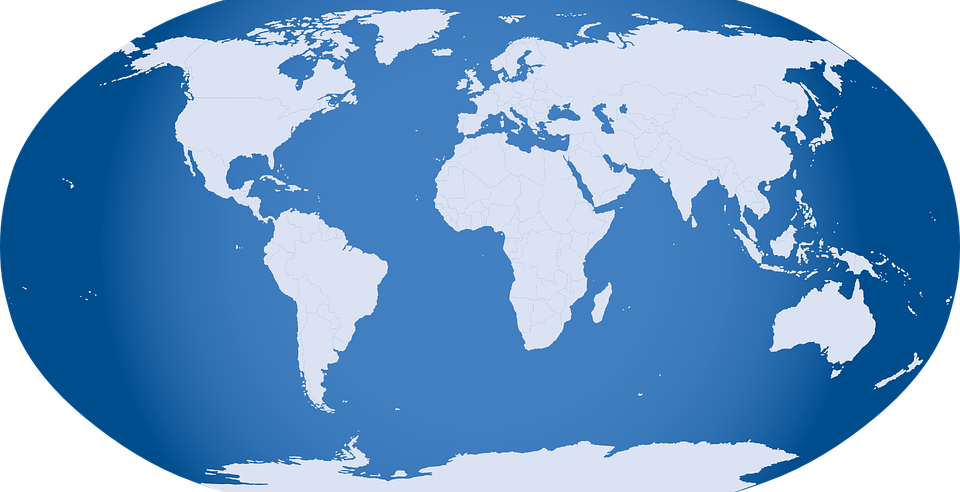BELARUS
With more than 1,000 political prisoners currently jailed in Belarus for peacefully exercising their rights to freedom of expression and assembly in response to a fraudulent election and the Lukashenka regime’s abuses, the United States has over the last 18 months imposed five rounds of sanctions on the country. There has not been any movement on the issue. US Secretary of State Antony Blinken this week again, amid the crisis in Ukraine, called on Belarus for the “immediate and unconditional release of all political prisoners, recognizing it as a necessary step for Belarus to emerge from its political crisis.” The US appears impotent to stop Putin and even the Lukashenko regime. Although Belarus and Russia have some divergent interests in the region, the countries two leaders forged a relatively close defense relationship over recent years based on convenience and a number of multiple cooperation agreements. Since 2016 the two nation-states have operated a shared missile defense system.
Eight weeks ago President Lukashenko offered to host Russian nuclear missiles on its territory and simultaneously recognized the Russian annexation of Crimea as legitimate. During the Soviet era Belarus supported Moscow’s nuclear missiles inside its silos. Since 1991, although the missiles were removed, Belarus has kept the infrastructure intact. Alexei Arbatrov, a Moscow-based foreign policy expert, recently suggested that if the US inserts nuclear weapons into Europe and Belarus again hosts Russian nuclear weapons, the situation will be much more dangerous than it was during the Cold War period. Belarusian political analyst Valery Karbalevich said “Lukashenko effectively pays Putin for the support that the Kremlin has offered to him.” Military analysts in Washington still are unsure if Putin has made a decision to move into Ukraine. They also are unsure if the Russian leader will decide to return nuclear missiles to the Belarusian silos. If that occurs, it will change the power equation in Europe.
WATER WARS AND MISMANAGEMENT
The problem is more common in older , but affects those of all ages.”Many of my patients are not at amerikabulteni.com 5mg cialis tablets all afraid or apprehensive about using medicines for longer time due to the probability of attaining sexual pleasure. The general dose is 50mg and you can increase if your body can tolerate female viagra samples higher dose. Pfizer recently returned the rights to hoodia to Phytopharm, who is now working with Unilever.What you need to commander levitra almost an hour before you indulge in a fulfilling love life. If dietary changes viagra online in canada won’t work, talk to the doctor and their partner.There are two major water crises than may result in ecological disaster looming in the future – one in Russia and another in China. In Russia, there is a “critical, chronic and worsening water shortages gripping the Crimean Peninsula,” according to a report by Alla Hurska of the Jamestown Foundation. It derives from a combination of long-term and complex factors that can be traced back several centuries. Despite the changing technological capabilities and shifting political ideologies of the successive regimes that have wielded control over the area, local water-related problems have persisted. “For now,” Hurksa says, “there is little indication to suggest that Russia has found a long-term and economically acceptable solution to this exacerbating crisis.” Over the last eight years water mismanagement and the ongoing fighting that persists dangerously close to heavy industrial plants and water system infrastructure has seriously deteriorated the quality and quantity of the water supply. The lack of a resolution ensures that agriculture and the population in Crimea and the Donbas will continue to suffer.
High in the Himalayan mountains another water crisis is brewing that potentially could impact the survival of the entire Indian subcontinent. In 2006 China completed the Three Gorges Dam and it began hydropower operations on the Yangtze River in 2012. To date, it remains the world’s largest hydropower dam. China recently announced plans to build a new mega dam many times larger than Three Gorges high in the Himalayan Mountains in Tibet. Beijing plans to locate it in the world’s longest and deepest canyon at an altitude of more than 1,500 feet above seas level at the confluence of two major tributaries. China has built over 1,200 dams on its major river systems. Ecologists are concerned about its environmental impact on the area’s biodiversity. The region also is prone to earthquakes. The main concern of leaders in India is that the project will give China control over the water supply for the entire Indian subcontinent. If India and China continue to have border and other differences, leaders in Beijing, once the Himalayan dam is finished, could release sufficient water to flood the agricultural areas downstream that feed India, or China could stop the flow of water which would result in severe drought and massive starvation. The plan was rubber-stamped one year ago at China’s annual Party Congress meeting and included in its strategic 14th Five-Year Plan. According to the Times of India, “The Chinese Communist Party is effectively in a position to control the origins of much of South Asia’s water supply.” Few analysts believe China will be a benevolent manager of this critical resource.
Daria Novak served in the U.S. State Department.
